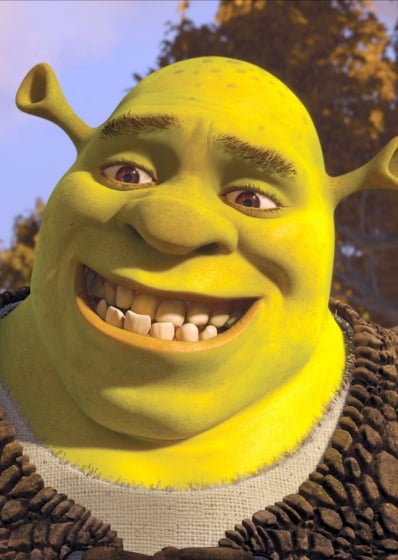It starts May 12, and ends Oct 17. Let's see what you got!
https://polycount.com/discussion/237047/the-brawl²-tournament
What are your go to workflows for fixing pinches and general iregularities on a form?
This something I am running into very often; model the general overall form and then lets say, insert a circular hole or some small detail into it, this is trivial to do so, howerver, often as a by product, pinching gets introduced or some surface irregularity.
I have been plagued by this, unfortunately, I am short on methods that I can fall back on that will help me to routinely solve this common issue.
I have searched fairly and have not come across anything concrete. I even asked several AI models that general have good poly modelling answers. Deepseek says;
Method 2: The "Sculpting with a Mask" (Surgical Precision) This method is perfect for protecting specific areas you don't want to change at all.
- Freeze the Good Parts:
- Select the vertices of the circular hole and any other areas you want to keep perfectly preserved.
- With the Relax Brush active, go to its Tool Settings. In the Selection section, click the Freeze button. The frozen vertices will turn a different color (often blue). The brush will now have zero effect on them.
- Relax the Unfrozen Area
- Now you can aggressively use the Relax brush on the pinched area without any fear of distorting your perfect circular hole or other important features.
I tried the above solution and its not a good solution, all it does is it takes the uneven surface and flattens it to an even plane (red colour=frozen verts). So if the pinch was on sphere, this would not work.
Any help would be greatly appreciated!

Replies
I was going through Mayas poly sculpting tools, which these relax functions you mention but it did not give me a easy way to main the form, this "constrain" feature you mention is the critical factor I overlooked and sure enough mayas sculpting tools do have it, I just overlooked, I will be sure to give them a try now.
This is something I picked up just recently from watching an instructor that I liked, good to see it how it would also help.
This sounds very interesting. I think I understand most of what you say, so when I have the temporary (duplicate) mesh down to how I would like it to look, I then copy its vertex normals for the part of my actual (low poly) model? Do vertex normals actually effect a objects actual geometry? I thought it was just a visual shading effect and it has no bearing on geometry's component positions. Do you think you could point to a youtube video of someone's example? I sure would like to see it in practice.
I will keep that normal idea in mind, am sure I will make sense of it as I practice and watch others. Thanks for this.
I had not though of it this way, I will keep this, its hard (I guess for a beginer like me) to eye ball this from the start but I am sure I will develp the eye. Thank you.